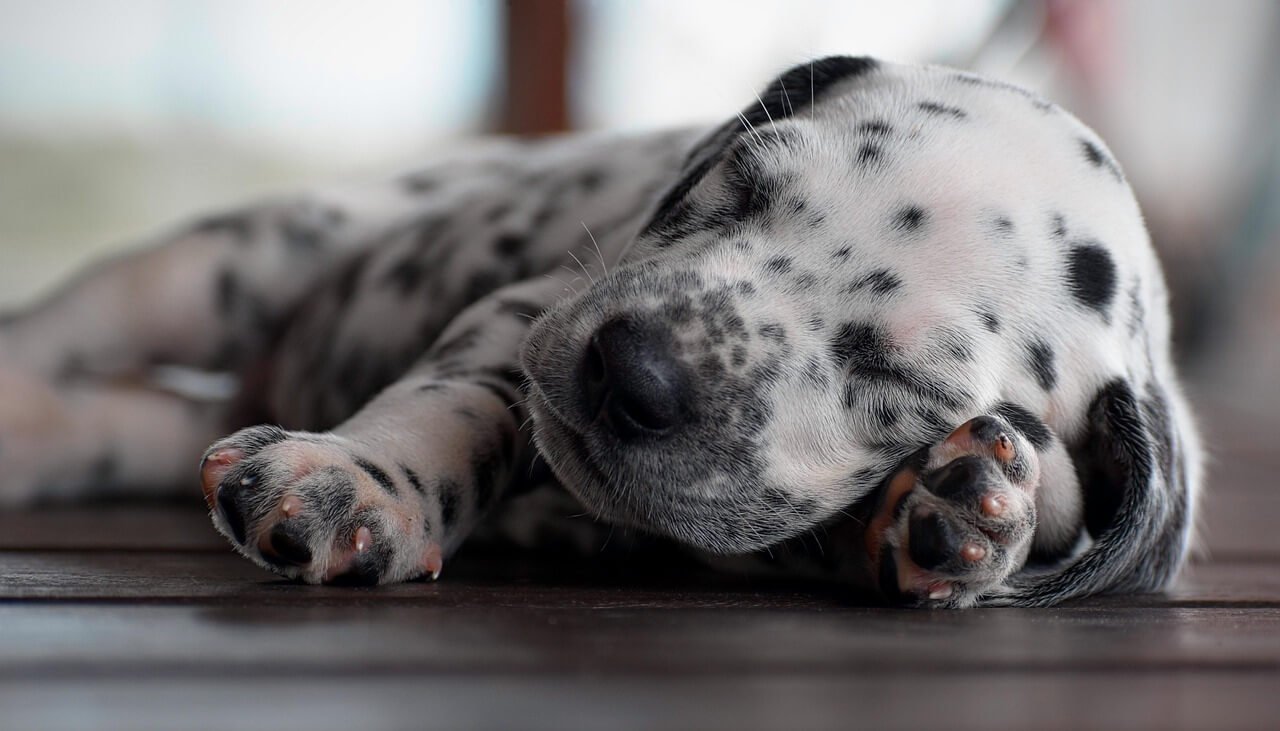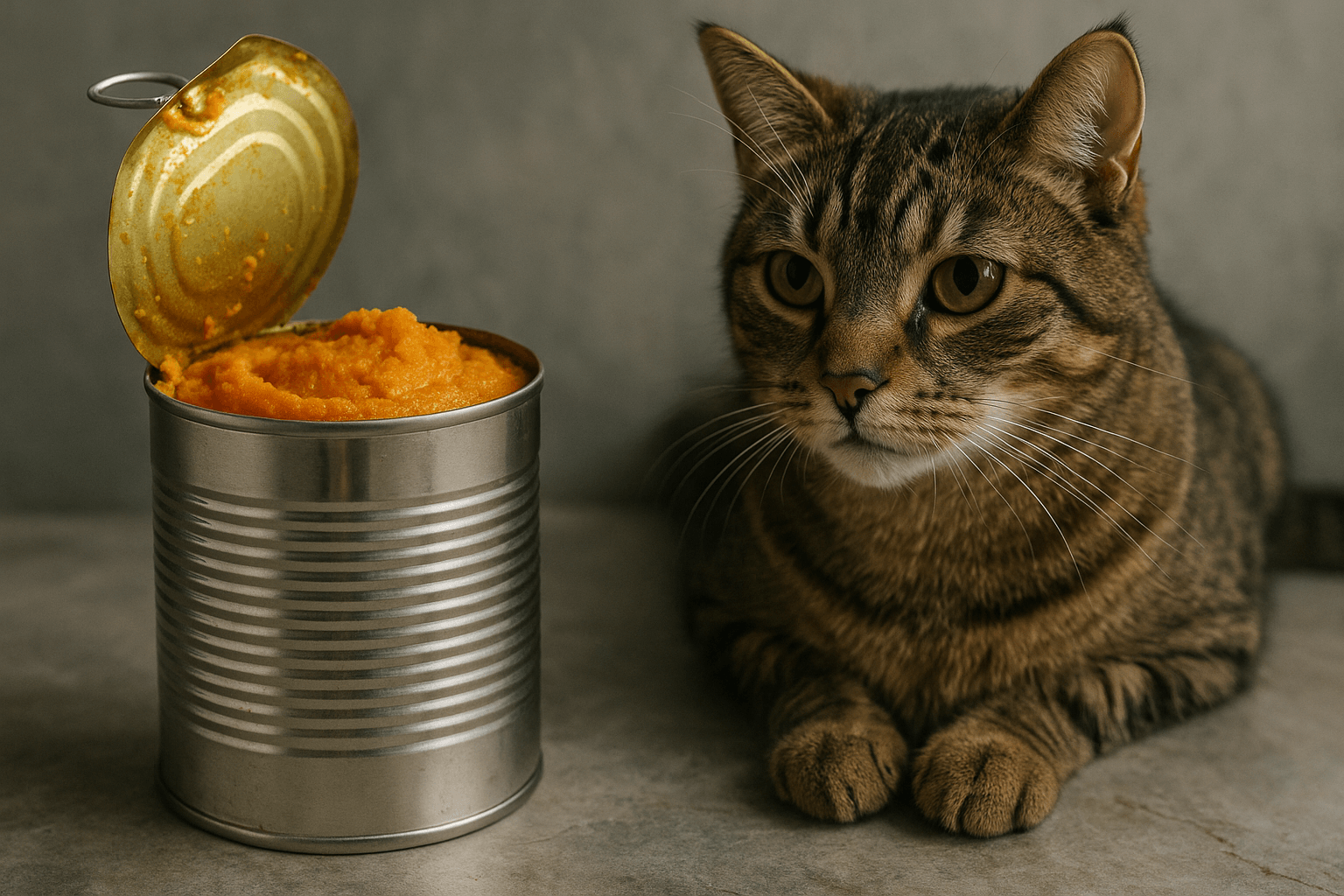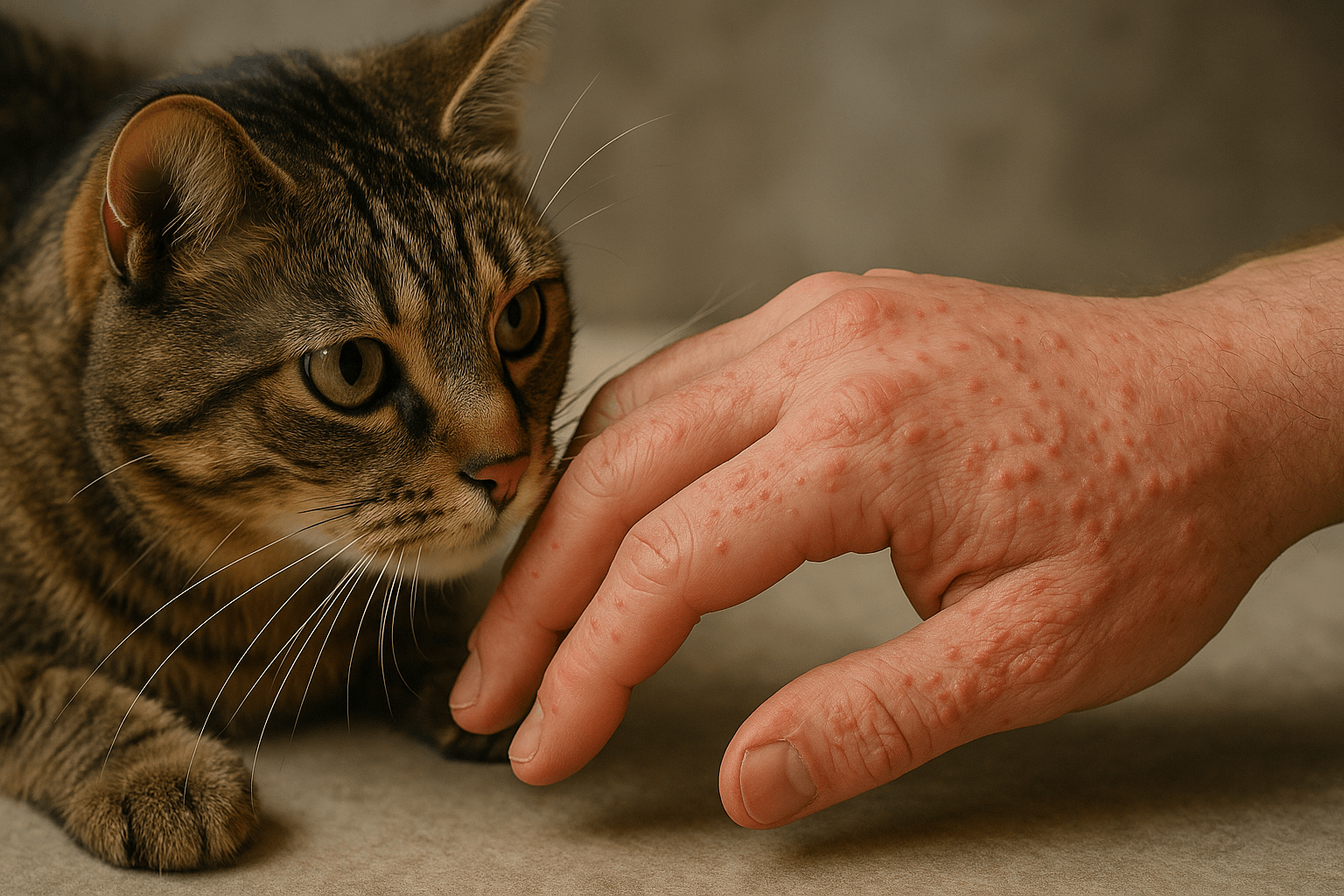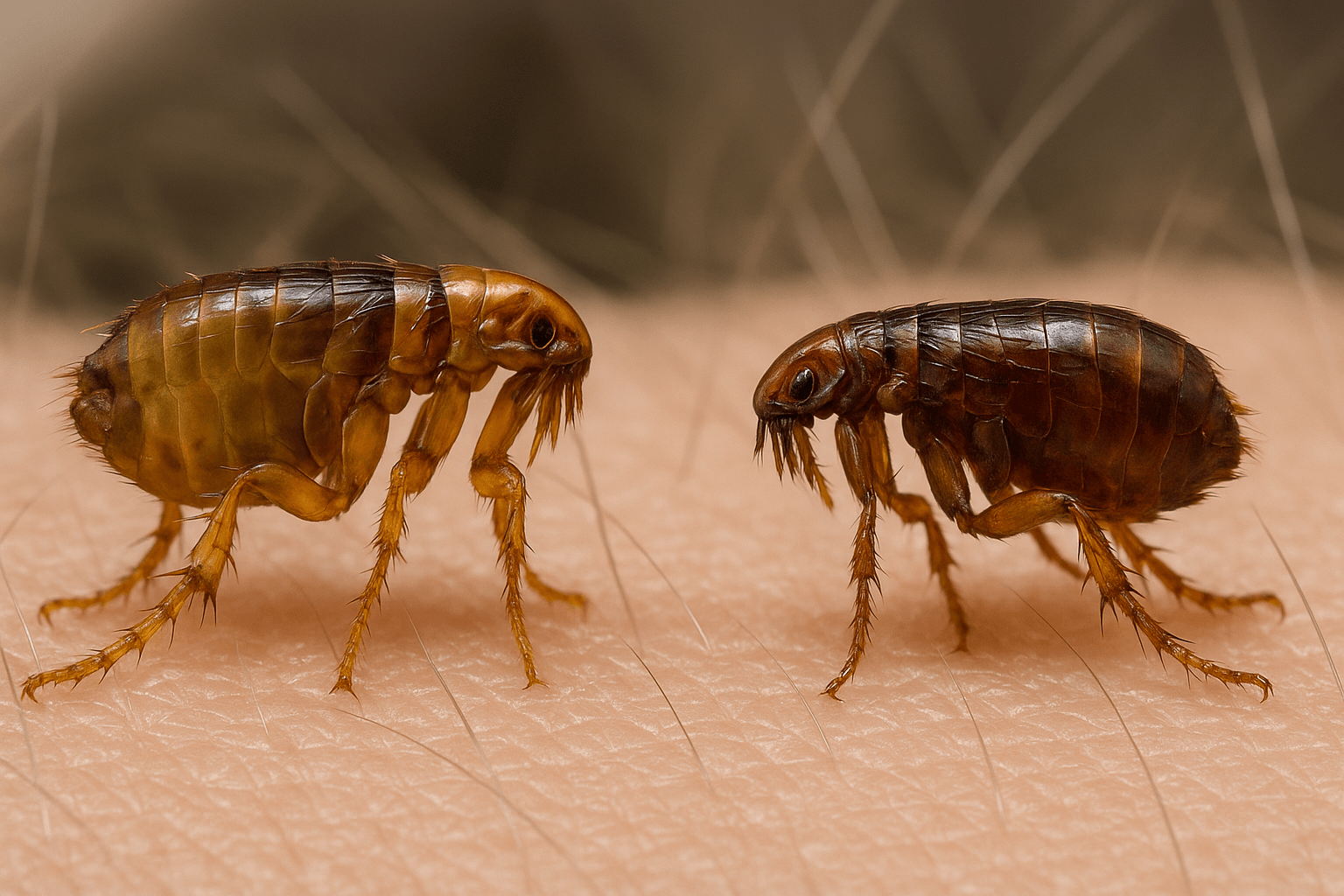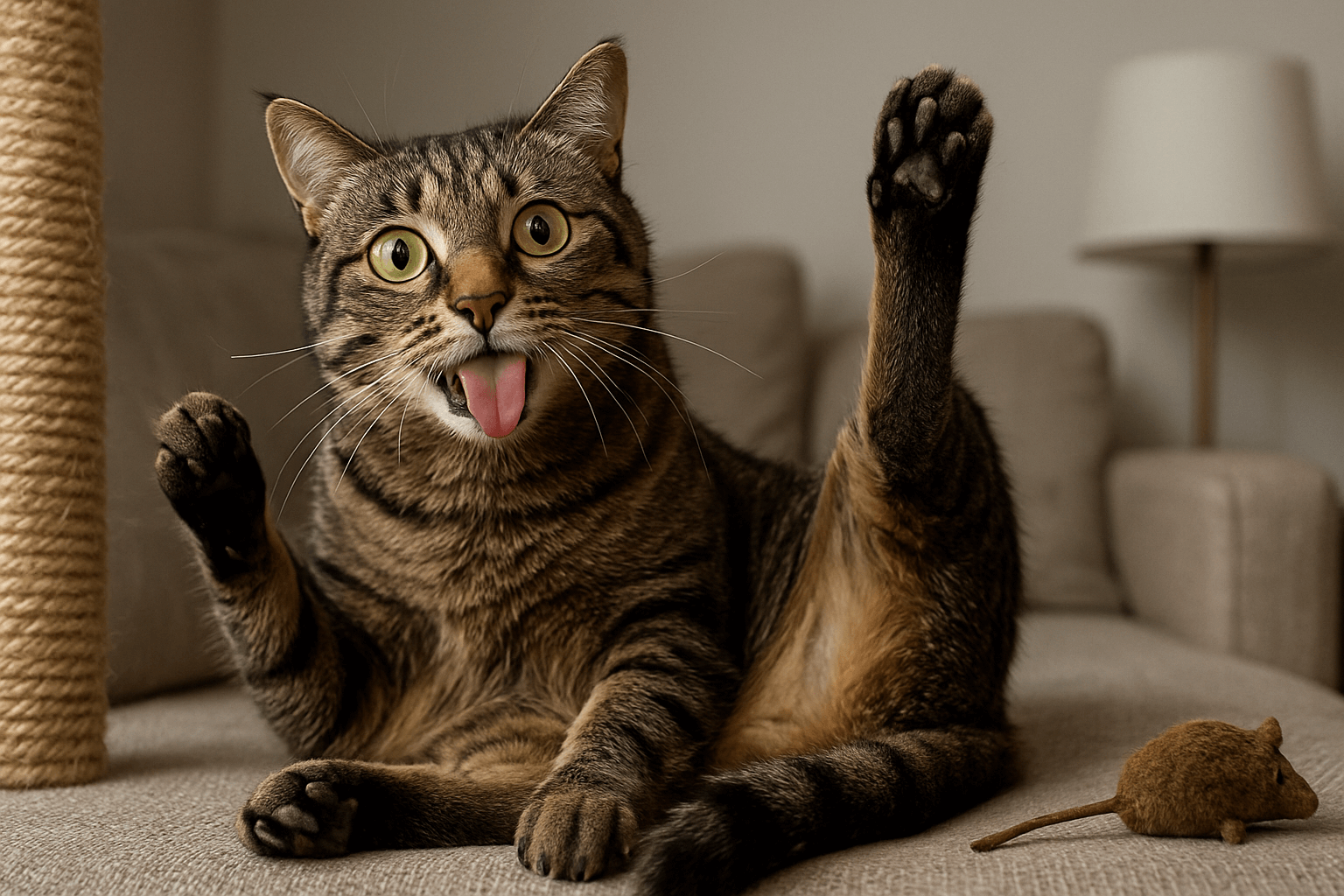Dog-Safe Perennials: Creating a Pet-Friendly Garden
Gardening is a wonderful way to beautify your outdoor space, but if you share your home with a furry friend, it’s essential to choose plants that are safe for your dog. Dog-safe perennials not only add color and life to your garden but also ensure your curious canine can explore without harm. Many common plants and flowers can be toxic to dogs, so selecting the right perennials is crucial for their safety.
In this blog post, we’ll explore a variety of dog-safe perennials, offer tips for designing a pet-friendly garden, and provide guidance on how to keep your pup safe while they enjoy the great outdoors. Let’s dig in and create a space where both you and your dog can thrive!
Top Dog-Safe Perennials for Your Garden
When planning a dog-friendly garden, it’s important to choose perennials that are both beautiful and non-toxic. These plants will enhance your outdoor space while keeping your dog safe. Here are some excellent options:
Marigolds
Known for their vibrant hues, marigolds are not only dog-safe but also help repel pests like mosquitoes and aphids.Daylilies (Non-Toxic Varieties)
While some lilies are toxic, non-toxic daylilies are a colorful and low-maintenance choice for your garden.Lavender
This fragrant perennial is safe for dogs and offers calming properties, making it a perfect addition to any garden.Hens and Chicks (Sempervivum)
These hardy succulents are safe for dogs and thrive in rock gardens or containers.Coneflowers (Echinacea)
Coneflowers are not only dog-safe but also attract pollinators like bees and butterflies, enhancing your garden’s ecosystem.
By incorporating these dog-safe perennials into your garden, you can create a vibrant and secure environment for your pet to enjoy. Always double-check plant safety before introducing new flora to your yard.
Tips for Designing a Dog-Friendly Garden
A well-designed garden can be both beautiful and functional for your dog. With thoughtful planning, you can create a space that accommodates your pet’s needs while remaining aesthetically pleasing. Consider these tips:
Create Clear Pathways
Use gravel, mulch, or stepping stones to define paths and discourage your dog from trampling your plants.Install Fencing or Barriers
Protect delicate plants by using fences or raised beds to keep your dog at a safe distance.Choose Durable Ground Cover
Opt for tough, dog-safe ground covers like clover or creeping thyme that can withstand occasional wear and tear.Avoid Toxic Mulch
Some mulches, like cocoa bean mulch, can be harmful to dogs. Stick to natural, untreated wood chips instead.Incorporate Shade and Rest Areas
Add shaded spots with dog beds or hammocks where your pup can relax during outdoor playtime.
With these design strategies, you can create a harmonious space that balances your love for gardening with your dog’s need for exploration. A little planning goes a long way in ensuring both you and your pet are happy.
Check this guide 👉Top Dog-Safe Plants for Your Outdoor Space: Best 7 Tips!
Check this guide 👉Can Dogs Eat Plantain? Best 7 Health Tips!
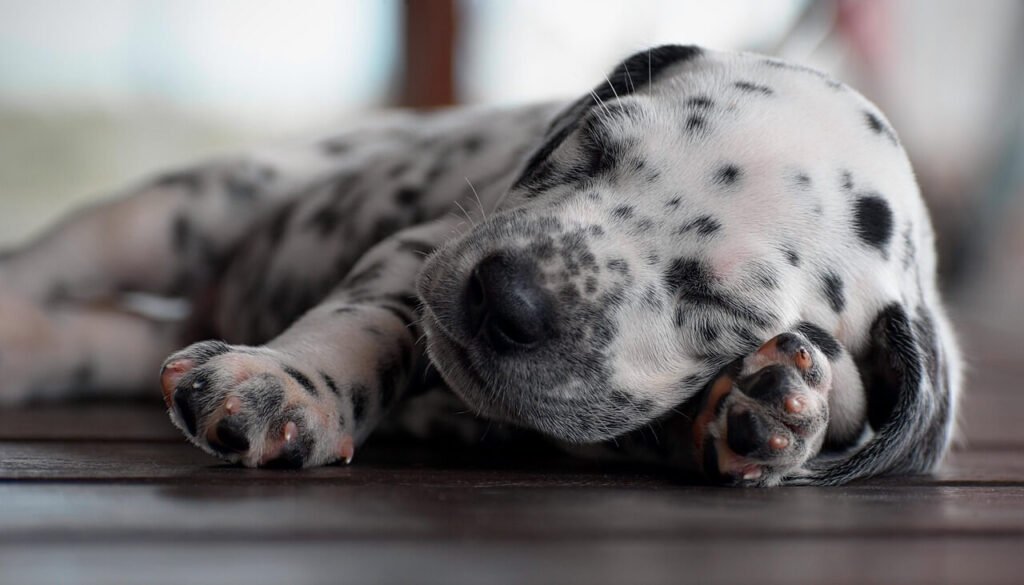
Dog-Safe Perennials | Toxic Plants to Avoid |
|---|---|
Marigolds | Lilies (e.g., Easter Lily) |
Lavender | Oleander |
Hens and Chicks | Sago Palm |
Coneflowers | Azaleas |
Daylilies (Non-Toxic) | Daffodils |
How to Train Your Dog to Respect Your Garden
Even with dog-safe perennials, training your dog to respect your garden is essential for maintaining harmony. Teaching boundaries and encouraging good behavior can prevent damage to your plants. Here are some tips:
Use Positive Reinforcement
Reward your dog with treats or praise when they stay out of restricted areas.Establish Clear Boundaries
Use physical barriers or visual cues like flags to mark off-limits sections of the garden.Provide a Digging Zone
Designate a specific area for digging to satisfy your dog’s instincts without harming your plants.Supervise Outdoor Time
Keep an eye on your dog during garden visits to redirect unwanted behaviors immediately.Teach “Leave It” Commands
Train your dog to respond to commands like “leave it” to prevent them from chewing or digging up plants.
By combining training with thoughtful garden design, you can create a space where your dog feels free to explore without causing chaos. Patience and consistency are key to success.
Seasonal Care for Dog-Safe Perennials
Maintaining your dog-safe perennials throughout the seasons ensures they remain healthy and vibrant. Proper care also minimizes risks to your dog, such as exposure to pesticides or overgrown areas. Follow these seasonal tips:
Spring: Prune and Prepare
Trim back dead growth and prepare the soil for new blooms to encourage healthy growth.Summer: Water Wisely
Ensure your plants receive adequate water, especially during hot weather, to prevent wilting.Fall: Clean Up Debris
Remove fallen leaves and debris to reduce hiding spots for pests and potential hazards for your dog.Winter: Protect Roots
Mulch around the base of perennials to insulate roots and protect them from freezing temperatures.Year-Round: Avoid Chemicals
Use organic fertilizers and pest control methods to keep your garden safe for your dog.
By following these seasonal care tips, you’ll keep your dog-safe perennials thriving year-round. A well-maintained garden is safer and more enjoyable for everyone.
Creative Ways to Incorporate Dog-Safe Perennials into Your Garden Design
Adding dog-safe perennials to your garden doesn’t mean sacrificing style or creativity. With a little imagination, you can design a space that’s both functional and visually appealing. Here are some ideas to inspire you:
Use Raised Beds for Fragile Plants
Elevating delicate perennials like lavender or coneflowers keeps them out of reach while adding vertical interest to your garden.Create a Sensory Garden
Include aromatic plants like mint or chamomile to engage your dog’s senses while keeping everything safe and non-toxic.Add Pathways with Potted Plants
Line walkways with potted dog-safe perennials like marigolds or hens and chicks for a pop of color without taking up ground space.Incorporate Edible Herbs
Plant herbs like parsley or rosemary, which are safe for dogs and can also be used in your kitchen.Design a Themed Corner
Dedicate a section of your garden to a specific theme, such as a butterfly-friendly area with coneflowers and other pollinator-attracting plants.
By thinking outside the box, you can create a garden that’s not only safe for your dog but also a reflection of your personal style. A well-designed space benefits both you and your furry friend.
Common Mistakes to Avoid When Planting Dog-Safe Perennials
Even with the best intentions, it’s easy to make mistakes when creating a dog-friendly garden. Avoiding these common pitfalls will help ensure your garden remains safe and enjoyable for your pet.
Overlooking Plant Toxicity
Double-check every plant’s safety, even if it’s labeled as “natural” or “organic,” as some can still be harmful to dogs.Using Harmful Mulch or Fertilizers
Cocoa bean mulch and chemical fertilizers can pose risks to your dog, so always choose pet-safe alternatives.Neglecting Regular Maintenance
Overgrown plants or weeds can harbor pests or create hazards, so keep your garden tidy and well-maintained.Ignoring Your Dog’s Behavior
If your dog is prone to digging or chewing, failing to address these habits can lead to accidental exposure to unsafe plants.Planting in Inaccessible Areas
Placing plants in hard-to-reach spots might protect them, but it can also encourage your dog to jump or climb, risking injury.
By avoiding these mistakes, you can create a garden that’s both beautiful and safe. Thoughtful planning ensures a harmonious environment for everyone.
Fun Activities to Enjoy with Your Dog in a Pet-Friendly Garden
A garden filled with dog-safe perennials isn’t just a place to admire nature—it’s also a space to bond with your pup. Here are some fun activities you can enjoy together:
Host a Garden Treasure Hunt
Hide treats or toys among the plants (ensuring they’re safe areas) and let your dog use their nose to find them.Practice Obedience Training
Use the open space to work on commands like “stay,” “come,” or “leave it” while enjoying the fresh air.Set Up a Splash Zone
Add a small dog-safe water feature or kiddie pool where your dog can cool off on hot days.Garden Yoga or Relaxation
Practice yoga or meditation in your garden while your dog lounges nearby, soaking in the peaceful atmosphere.Photograph Your Dog Among the Blooms
Capture adorable photos of your pup surrounded by vibrant, dog-safe perennials to cherish the memories.
These activities not only strengthen your bond but also make the most of your pet-friendly garden. A garden designed with your dog in mind becomes a shared sanctuary for joy and relaxation.
FAQ
Are all perennials safe for dogs?
No, not all perennials are safe for dogs. Always research plants before adding them to your garden.
Can I use pesticides in a dog-friendly garden?
It’s best to avoid chemical pesticides. Opt for natural alternatives to keep your garden safe for your pet.
What should I do if my dog eats a toxic plant?
Contact your veterinarian or an animal poison control hotline immediately for advice.
How can I protect my plants from my dog’s digging?
Create a designated digging area and use barriers to protect sensitive plants.
Are there any dog-safe ground covers?
Yes, clover, creeping thyme, and Irish moss are excellent dog-safe ground cover options.
A Harmonious Garden for You and Your Dog
Creating a garden filled with dog-safe perennials is a rewarding endeavor that benefits both you and your furry companion. By choosing non-toxic plants, designing a pet-friendly layout, and training your dog to respect boundaries, you can cultivate a space that’s both beautiful and functional. Remember, a little planning and care go a long way in ensuring your garden remains a safe haven for your dog to explore. Whether you’re planting vibrant marigolds or fragrant lavender, your efforts will result in a backyard oasis where both you and your pup can enjoy nature together. Happy gardening!
Canned Pumpkin for Cat Diarrhea: Best 7 Expert Tips! Natural remedy to firm stools, soothe upset bellies, and support gut health safely.
Can a Cat Give You Scabies? Best 7 Expert Tips! Discover the truth about feline mites, human skin risks, and how to protect yourself—without panic.
Cat Flea vs Human Flea: Best 7 Expert Tips! Discover the truth about bites, species, and how to eliminate infestations for good.
Weird Cat Behaviors: Best 7 Expert Tips! Discover why cats do strange things—and how to understand, not punish, their instincts for a happier home.

